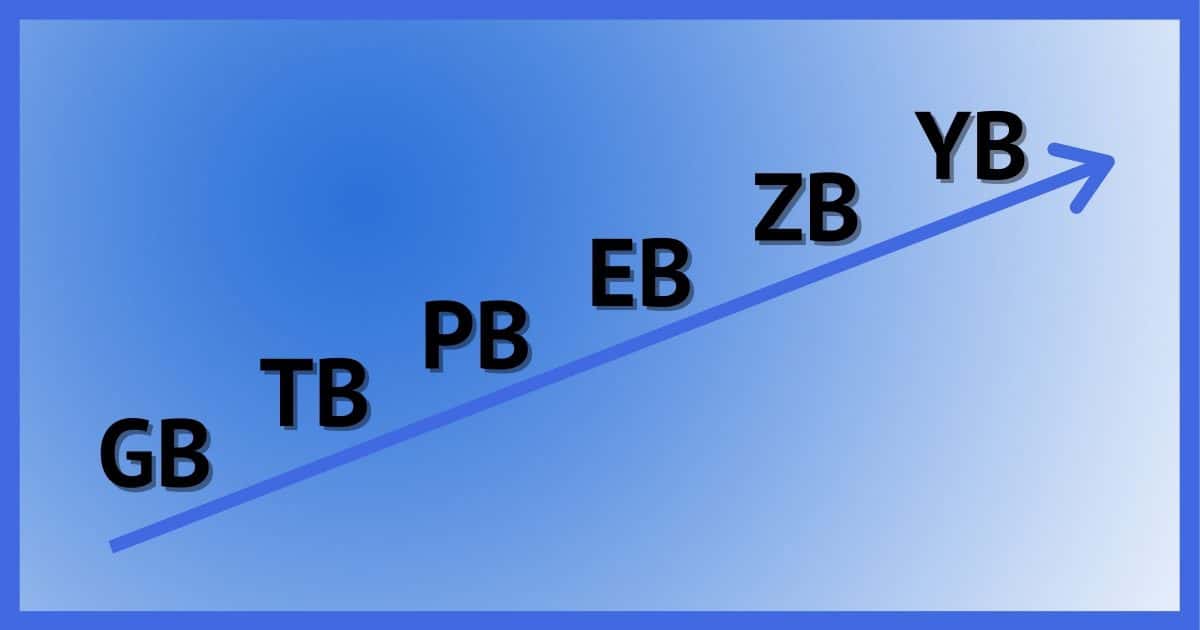In the world of computing, two of the most fundamental units of measurement are the bit and the byte. Although frequently mentioned in the same context, they have different roles and magnitudes. Here we explore what exactly they are, how they differ, and their practical applications in today’s technology.
Definition of Byte
A Byte is a unit of data that generally consists of eight bits. A byte can represent a single character, such as a letter or symbol. For example, byte 01101000 could represent the lowercase letter “h” in ASCII code, one of the most common encoding schemes used in computing to represent text.
Definition of Bit
A Bit, short for “binary digit”, is the smallest unit of data measurement in computing. A bit can have one of two values: 0 or 1. These values are the basis of the binary system, which underlies virtually all digital and computer technology. Each bit represents a digital state, on or off, that electronic devices use to encode and process information.
Comparison and Uses in Computing
Comparison
The main difference between a bit and a byte is their capacity. A bit is the fundamental building block of digital information, while a byte is a larger unit used to encode more complex information, such as characters. Therefore, when we talk about internet speed or processors, we often refer to bits per second, but when we discuss data storage, we talk in bytes.
Applications
Bits are crucial in all data processing and transmission operations. For example, the speed of an internet connection is measured in megabits per second (Mbps). Bytes, on the other hand, are more relevant for data storage; File sizes are measured in bytes, from kilobytes (KB) and megabytes (MB) to gigabytes (GB) and terabytes (TB).
In the field of computing, these concepts are constantly applied, not only in theory but also in daily practice, from programming and designing software to building and configuring hardware.
For those interested in high-performance computing, such as workstations, understanding these drives and how they are applied can be crucial to optimizing system performance and efficiency,
Conclusion
Understanding the difference between byte and bit is essential for anyone who works with technology, from developers to hardware enthusiasts. These units form the foundation on which all computer operations are built, and understanding them allows you to have a better understanding of how the technology around you works.
Remember that at Ibertronica.es we offer you a wide range of storage technologies to satisfy all your needs. From affordable solutions to high-performance options, we have the perfect storage technologies for you.
You can also contact us through our website, phone (917 10 95 15) email ([email protected]) or social networks, and request the necessary information to carry out your choice. An Ibertrónica advisor will assist you and help you choose the storage technologies that best suit your needs and objectives.




